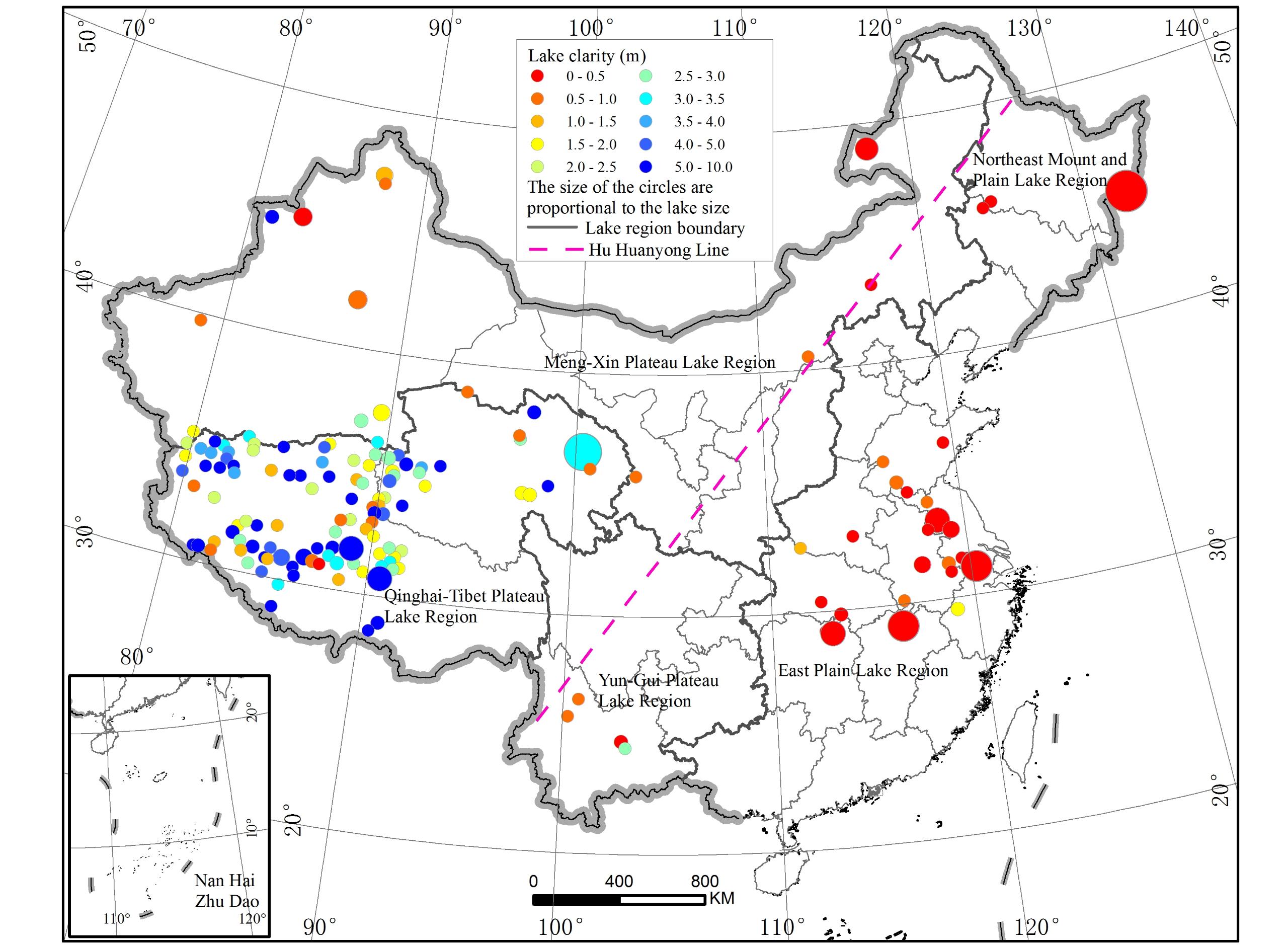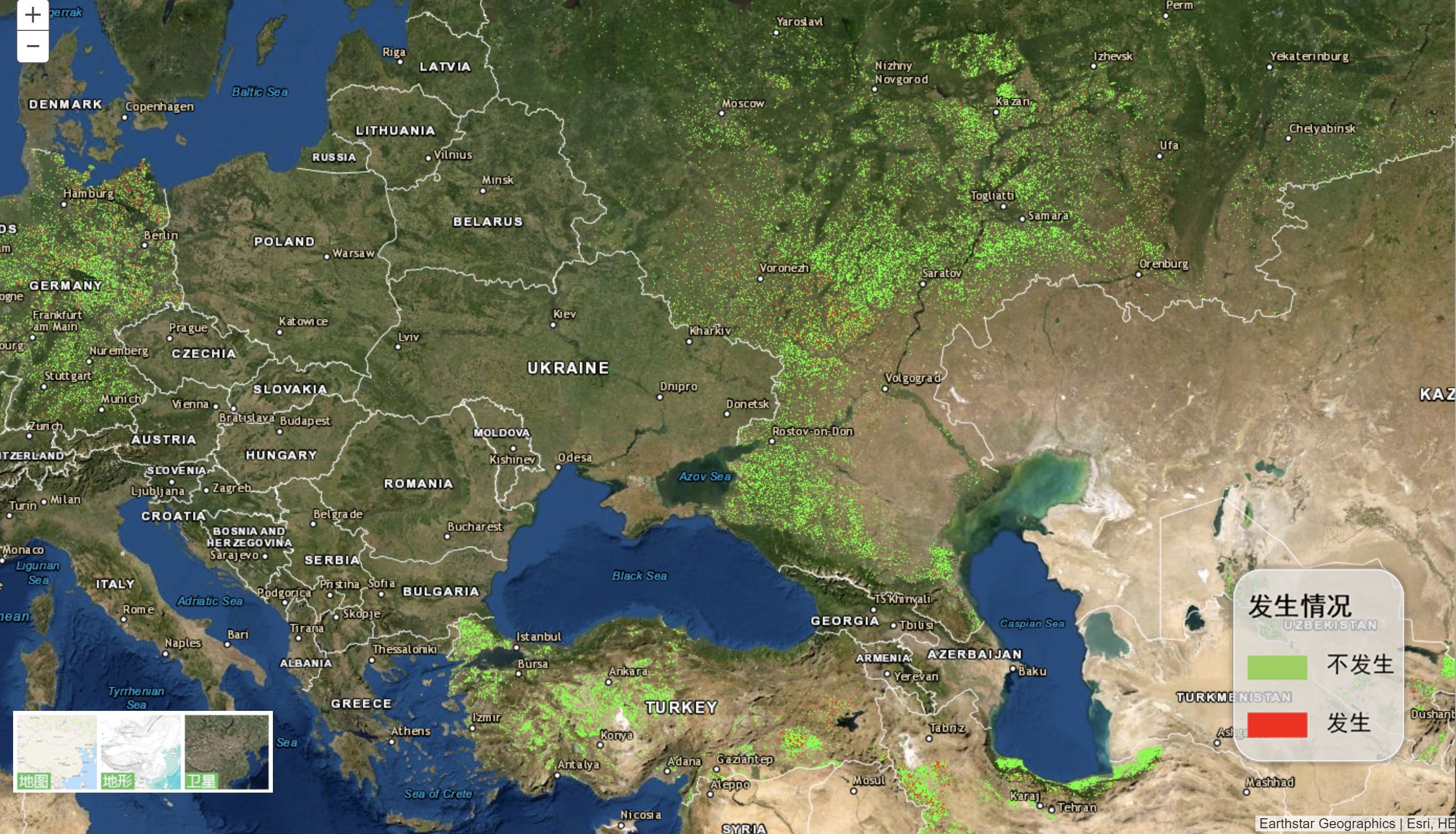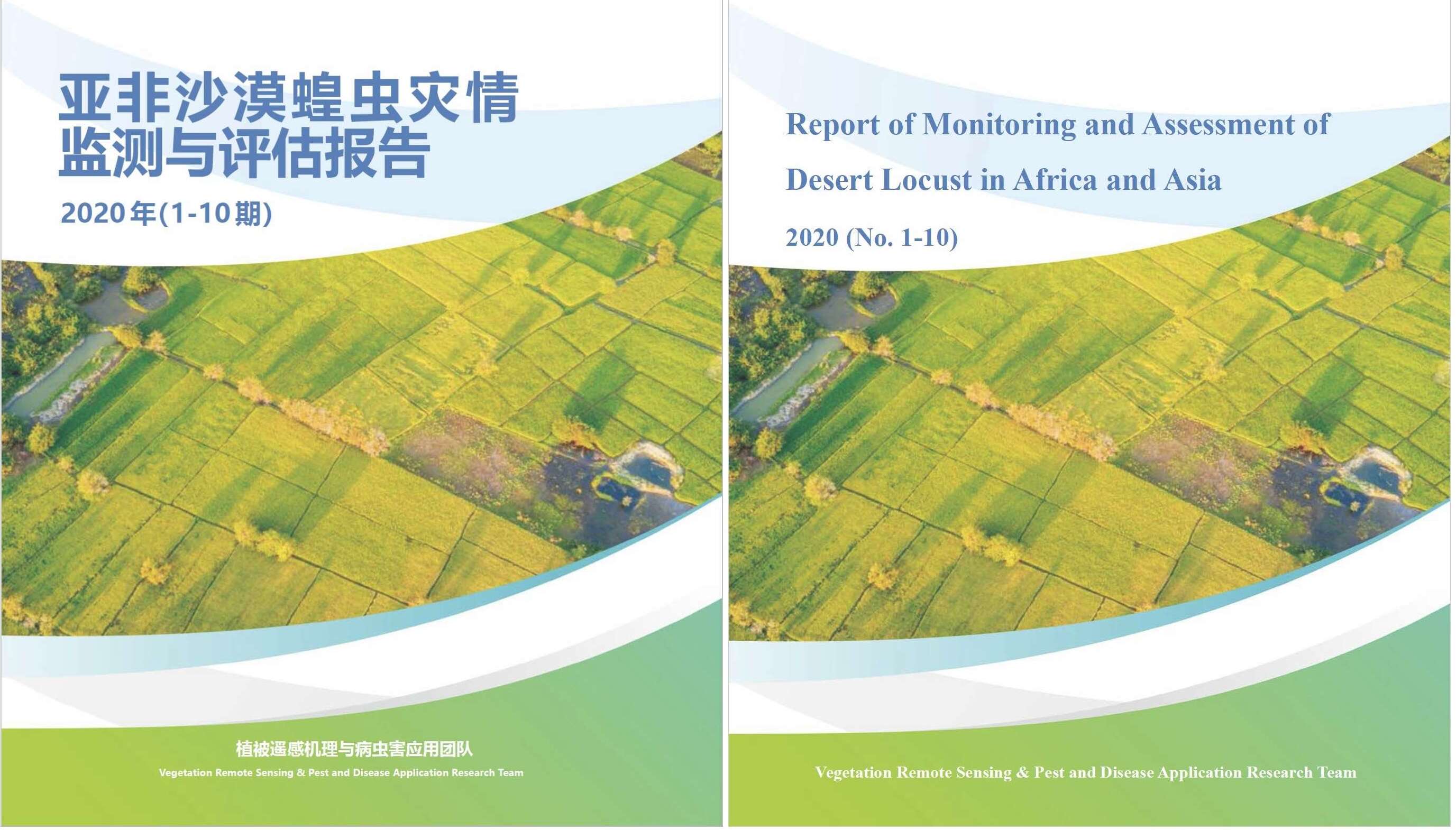-
 CAS to Launch Int’l Research Center of Big Data for SDGs
CAS to Launch Int’l Research Center of Big Data for SDGsChina will set up an International Research Center of Big Data for Sustainable Development Goals (SDGs) to facilitate the implementation of the UN 2030 Agenda, announced Chinese President XI Jinping during his UN General Assembly address on September 22, 2020.
September 26, 2020 -
 Remote Sensing Study Reveals Increasing Water Clarity of China's Lakes
Remote Sensing Study Reveals Increasing Water Clarity of China's LakesThe water clarity of lakes across China shows a significant spatial pattern of “higher in the West while lower in the East”, and an overall ever-increasing water clarity over the past two decades, according to a research based on remote sensing algorithm on MODIS measurements for 153 large lakes and reservoirs nationwide from 2000 to 2017.
September 15, 2020 -
 Chinese Institute Introduces Remote Sensing to Forecast Pest Attacks
Chinese Institute Introduces Remote Sensing to Forecast Pest AttacksBEIJING, Aug. 31 (Xinhua) -- China has launched a remote sensing system for plant pests and disease monitoring and forecasting, according to the Aerospace Information Research Institute of the Chinese Academy of Sciences.
August 31, 2020 -
 Chinese Researchers Release Reports on Desert Locusts in Asia and Africa
Chinese Researchers Release Reports on Desert Locusts in Asia and AfricaResearchers from the Aerospace Information Research Institute of the CAS drafted a report on the core breeding areas and migration path of desert locusts in Asia and Africa between 2018 and 2020, as well as assessment of losses to agriculture and animal husbandry caused by desert locusts in hard-hit countries including Pakistan, Ethiopia and Kenya.
August 17, 2020 -
 Space Information Services Safeguard Chinese Ships in Arctic
Space Information Services Safeguard Chinese Ships in ArcticBEIJING, Aug. 12 (Xinhua) -- Chinese researchers used remote sensing and model forecast data to help Chinese merchant ships Tian'en and Tianyou safely navigate the Northeast Passage of Arctic this summer.
August 13, 2020 -
 Quake-hit Jiuzhaigou's Water Environment Restoring: Remote Sensing Study
Quake-hit Jiuzhaigou's Water Environment Restoring: Remote Sensing StudyBEIJING, Aug. 10 (Xinhua) -- A remote sensing study shows that the water environment of the Jiuzhaigou scenic spot in southwest China's Sichuan Province has started to rehabilitate after being hit by an earthquake, according to the Chinese Academy of Sciences (CAS).
August 11, 2020


